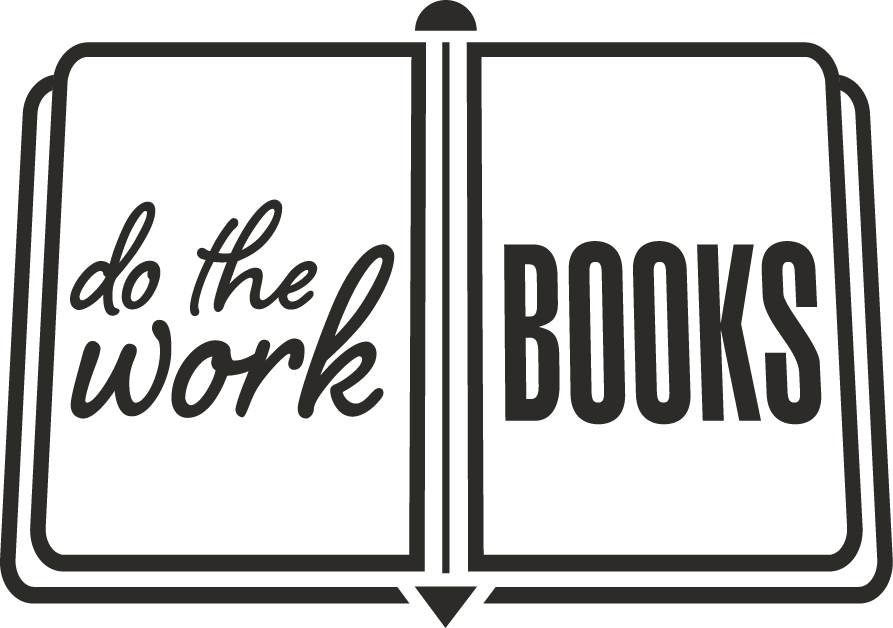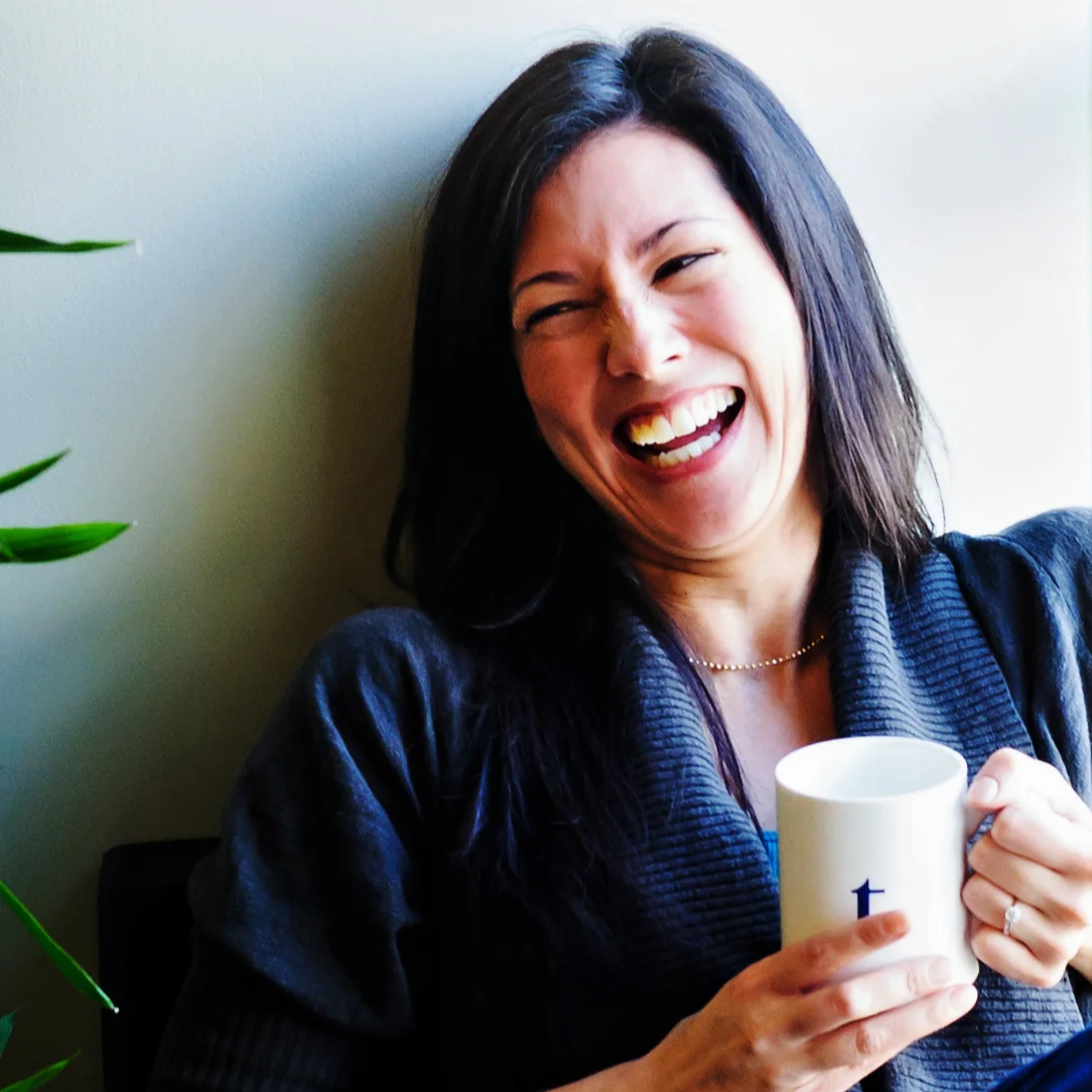The Copy-Paste Trap: How AI Taught Me to Choose Pen to Paper Over Digital Shortcuts
The Risk of Outsourcing Your Own Thinking
I’ve noticed something creeping into my life, and maybe you’ve felt it too. Any time I needed clarity, I’d reach for a device. A quick Google search. A scroll. A question tossed to ChatGPT. It felt efficient, almost productive. But beneath that convenience, something important was slipping through my fingers.
At Do The Work Books, slowing down is part of the philosophy. Turning thoughts into ink changes how you think, learn, and process. It’s not about rejecting technology, it’s about using it without losing yourself.
AI gives us speed and structure. But it can also tempt us to skip the discomfort, the wrestling, the untangling of raw ideas that leads to real understanding.
Learning doesn’t happen when answers appear. It happens when you sit with the question.
I started to wonder how many creators, coaches, and leaders were feeling the same disconnect. Publishing content, creating resources, running programs—yet never fully processing their own teachings. And that loss of reflection comes through. Beautiful work starts to feel empty, because the spark never rooted itself.
So, here’s what happened when I forgot my own philosophy.
The AI Assistant & The Empty Workbook: My Copy-Paste Confession
Here’s the truth. I did the very thing I guide others away from, and I learned the hard way.
I joined an intensive online course and was thrilled to dive into the fillable workbook that came with it. Then I spotted the shiny add-on: an AI assistant designed to support the learning.
You can imagine what happened next.
A deep, reflective prompt would appear. Instead of pausing or breathing, I’d ask the AI to answer it for me. Then, with a couple of keystrokes, I’d paste the response into the workbook.
There was no moment of checking in with myself. No friction. No pen. No slow exhale before writing. I stopped caring about the quality of what I fed it. I just wanted something tidy and polished to fill the box.
By the end, the workbook was “complete”, but none of it was mine.
And I felt it.
No insight.
No clarity.
No connection to the lesson.
I hadn’t engaged with the content at all.
It was a painful reminder of why pen-to-paper exists in my world: because the work needs time to simmer. Growth needs space. Reflection needs slowness. And sometimes, the simplest fix is to close the screen and write by hand.
Why Applied Reflection Matters More Than Ever
Real learning isn’t passive. It doesn’t come from reading alone. It comes from reflecting on what you’ve read, heard, or experienced.
This is what I call applied reflection.
It’s the moment you take an idea out of your head, put it onto a page, and look at it with curiosity. That simple act unlocks new awareness. And when you share that reflection with someone else, it becomes something deeper.
I call that The Workbook Weave. It’s the magic that happens when your thinking meets someone else’s experience.
This is why I love journals and workbooks. They turn information into understanding. They help people integrate what matters.
A printed workbook slows you down in a way digital formats rarely do.
It invites honesty.
It invites emotion.
It invites ownership.
Writing by hand is a form of self-regulation. It’s a quiet return to your inner voice. It’s choosing reflection over noise.
More Than Pages: The Workbook as a Sanctuary for Self-Reflection
When I create a workbook for a client, I don’t see it as a static document. I see a collaboration. The author brings the wisdom, and the reader brings their lived experience. Together, they co-create meaning.
But many people are scared of workbooks. They worry about “ruining” the pages or getting the answers wrong. Others avoid the emotional vulnerability that reflection invites. I understand that fear. Truly.
What I remind people is this:
Every scribble is progress.
Every messy line is evidence you’re showing up.
Every page you touch becomes part of your story.
Workbooks are not meant to stay pristine.
They’re meant to be used!
If you’re designing a workbook, keep this in mind. Digital formats are convenient, but printed books support deeper, embodied reflection. For transformational work, paper wins every time.
AI is Your Assistant, Not Your Inner Mentor
And yes, I use AI too. This very article started as a jumble of notes that I organized digitally. AI helps me sort ideas, refine structure, and edit with clarity.
But I don’t let AI decide what I believe.
It can’t speak from my heart.
It can’t reflect for me.
It can’t hold my lived experience.
Think of AI as your assistant. Let it help you clean things up. Let it speed up what doesn’t require soul. But don’t hand over the parts of your work that make it yours.
Closing the laptop and picking up a pen is still the most powerful act of self-trust I know.
Your Invitation to Do The Work (Pen in Hand ✍️)
If something in this story tugged at you, take that seriously.
Set your device down for a moment.
Grab your notebook and your favourite pen.
Find a quiet spot.
Write one line that’s been sitting inside you.
It doesn’t have to be polished. It just needs to be yours.
Your voice matters.
Your process matters.
And yes, AI can help. But it can’t replace the part of you that grows through reflection.
I’m right here beside you, doing the work too.
✨ Pen to paper. Hand to heart. Heart to mind. ✨
Let’s keep thinking for ourselves, together.
Theresa McNeilly | Founder, Do The Work Books
Helping heart-centred entrepreneurs, authors, and coaches transform their teachings into meaningful workbooks and journals. DoTheWorkBooks.com.


